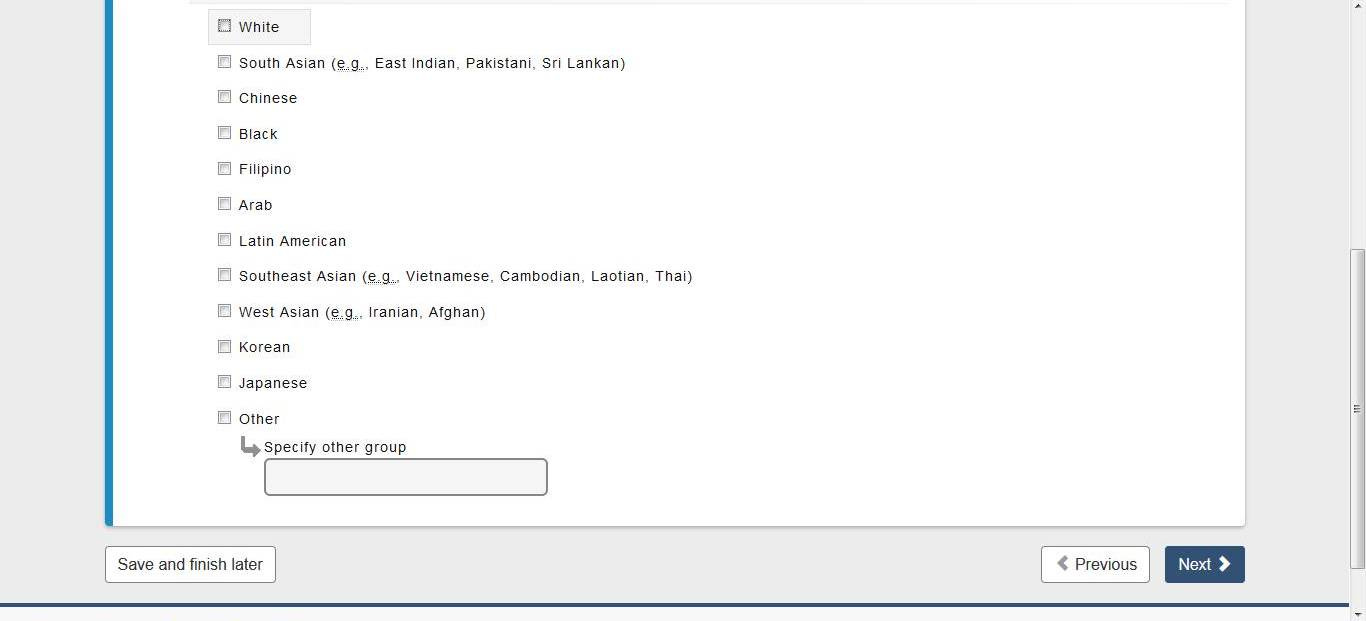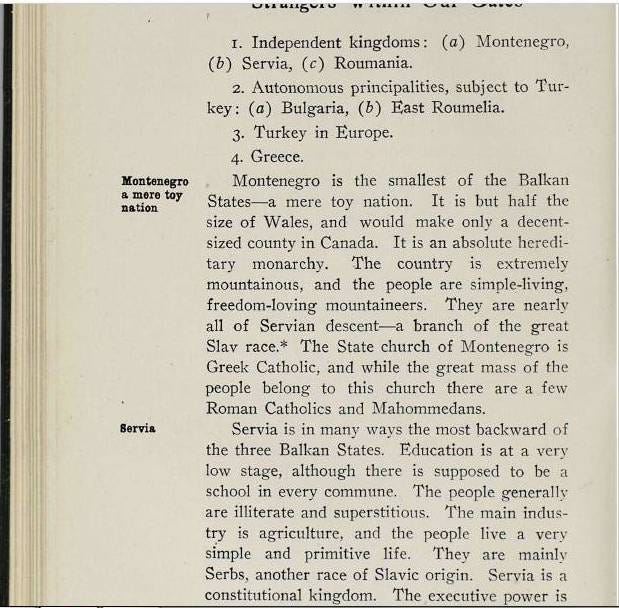One of my favourite artists has gone Equity-Diversity-Inclusion, alas. Or perhaps it’s mandatory now, in order to be exhibited by public institutions or get any grants, to incorporate the EDI-speak into one’s practice?
How else to explain the section titled Whiteness in Shary Boyle’s otherwise mesmerizing and properly Shary Boyle-esque retrospective of recent works at the Gardiner Museum, Inside the Palace of Me? Her work has never been political in that daily-political, obvious sense. Her sculptures estrange and make uncanny the familiar and the kitschy. Her dainty porcelain figurines are, when you look closely, grotesque; her paintings equally unexpected. She miscegenates the strictly separated: feminine prettiness and the scatological; the corporeal and the fantastical; the dreamt and the seen. She is our own E.T.A. Hoffmann of Scarborough. She sculpts, whether intentionally or not, following the precepts of “dream-work” the way Freud described it: by condensation, by displacement.
And now, suddenly, there’s this Wall of Whiteness.
Without this helpful imposition of meaning—and I blame the journalists even more; they’re asking questions that will bring traffic; it’s art criticism as SEO—this wall of loosely connected works would have been interesting enough on its own. Two ink, gouache and acrylic on paper paintings surround a gigantic marionette whose head occasionally rotates in the way of Linda Blair from The Exorcist. The pictures are slyly disturbing in the Shary Boyle way and worth looking at closely and I’m not going to try to describe them; they’re called Lone Gunman (2019) and Settler (2019). The viewer would have understood them without any semantic nudges or EDI/CRT headings. But they are not scary, nor particularly ugly, and the White Elephant (2021) is kind of a cute and silly sculpture? If some self-reflection and guilt and reduced smugness in the “white” viewer was the ultimate goal, I don’t think it worked. Boyle’s work is too polysemantic for that kind of messaging and it slipped away.
But the oddest thing about this semantic nudge was that, like a lot of recent American progressive antiracism, it reifies whiteness. As if it’s a concept we all know the meaning of. You know, whiteness. White people. And all of you people who are called white, figure it out amongst yourself what that is. We’re telling you, it’s something. It’s a thing.
American (and following them, Canadian) progressives have been asking for years now a lot of different ethnic group to take their whiteness seriously. To spend time thinking about it. To presume a certain solidarity among themselves. Nevermind that there’s no colour white on any human skin anywhere on this planet. (No, not even albinos.) And nevermind that we’re talking groups of people who hate each other’s guts, who caused two world wars and innumerable others so they can exterminate each other and appropriate each other’s territories and resources.
Name something positive about being white, asked Marc Lamont Hill of Chris Ruffo in that notorious clip that made the rounds and for once, Ruffo was exactly right in refusing to accept the premises of the question. I can name what I’m proud of as a Black person, MLH insisted. What about you? I almost expected him to start listing names and historical events. There are some odd attempts, says Ruffo in that clip, to describe “punctuality”, and “Enlightenment” and “rationality” as “white”, but that’s complete nonsense, he fortunately says.
The American “antiracist” progressivism wants people usually described as white to start taking their “whiteness” very seriously. They want us all to revive the dead concept of “white race” and vampirize it into something which is suddenly useful. When America sneezes Canada has pneumonia, so now of course many Canadians are busying themselves with the race discourse as well.
This is from a Stats Canada survey from a few months back (on what kind of gender terminology should the national census adopt). Stats Canada: people who should know a thing or two about collecting data and designing questionnaires. The concepts “white” and “black” here do an enormous amount of work.
And here’s from another mad survey that our government paid someone to create, on whether Canada should wage a war on hate. (I wish it was satire.) The “black” is now somewhat differentiated but “white” is still doing its thing. You’ll notice the Latinx, the word no Latino/a ever uses.
Who gets to be “white”? Depends what historical period you look at, and where exactly on the planet. If you had found me in the beginning of the last century, I would not have been “white” in Canada. One of the most macabre delights found in the history of Canadiana is Strangers Within Our Gates or The Coming Canadians (1909) by the legendary social gospel founder, socialist and all-round Good Egg J. S. Woodsworth who was, as the book reveals, quite a racializer. In this book he ranks, in the Buzzfeed fashion, the most suitable races (meaning: ethnicities) to settle in Canada. The people from the Balkans leave a lot to be desired, but many others non-Northern Europeans fare even worse. (The book is scanned and available in more than one place online.)
Then there’s of course When the Irish Became White (2008 (1995)) by the legendary whiteness abolitionist Noel Ignatiev who argued all of his life that the concept of whiteness is fantasmatic and meaningless. There’s an homage to Ignatiev by his former student, now a New Yorker staff writer Jay Caspian Kang in a 2019 issue of TNY that describes his old-school labour activism and Marxist views, and shares some of his astonishment at the identity-politics turn in American left. Ignatiev was Jewish and could have easily written about the sometimes-in, sometimes-out positioning of Jewishness in whiteness through the history and in present time. When the Irish Became White was one of those ingenious titles of soc sci books that perfectly market the main argument and make it easily adaptable in general public conversations, like Eugen Weber’s Peasants into Frenchmen for example.
Black thinkers and writers—or should I say, writers and thinkers described as black—have their own tradition of de-essentializing and undermining the concept of race and the “black race” in particular. I’ve read and admired the most James Baldwin, CLR James, Paul Gilroy, Karen E Fields and Barbara J Fields on “racecraft” (“the practice of racism produces the illusion of race”) but I’m sure there’ve been many more, and let’s not forget the current cohort of anti-racecraft American thinkers, now in part-mainstream, part-heterodox space of the American conversation. There aren’t unfortunately Canadian equivalents on large media platforms, people who will question say the irreconcilability of the Settler-Indigenous duality. Maybe that too will come from the US—where the mocking of the absurdity and empty-gesturalism of Land Acknowledgments is already happening.
But, you may ask, how do we speak of racial injustices if we are to constantly question the concept of race? The two are possible at the same time, and moreover necessary. “This is how one group of people have been described as a race in order to be exploited and permanently trapped as an economic class” is one way to do it. And art is of course better at saying two or more seemingly contradictory things than politics. Kara Walker, Carrie Mae Weems, Kent Monkman. And not a single “wall of Whiteness” between them.









Hey Now I know why I'm not wealthy. It's my sluggish ancestry
Sluggish but also a “great Slav race”. Hilarious. Have you read Zadie Smith on Kara Walker? She’s so good. Smith, BTW, has been recently omitted from the list 100 greatest black Britons.